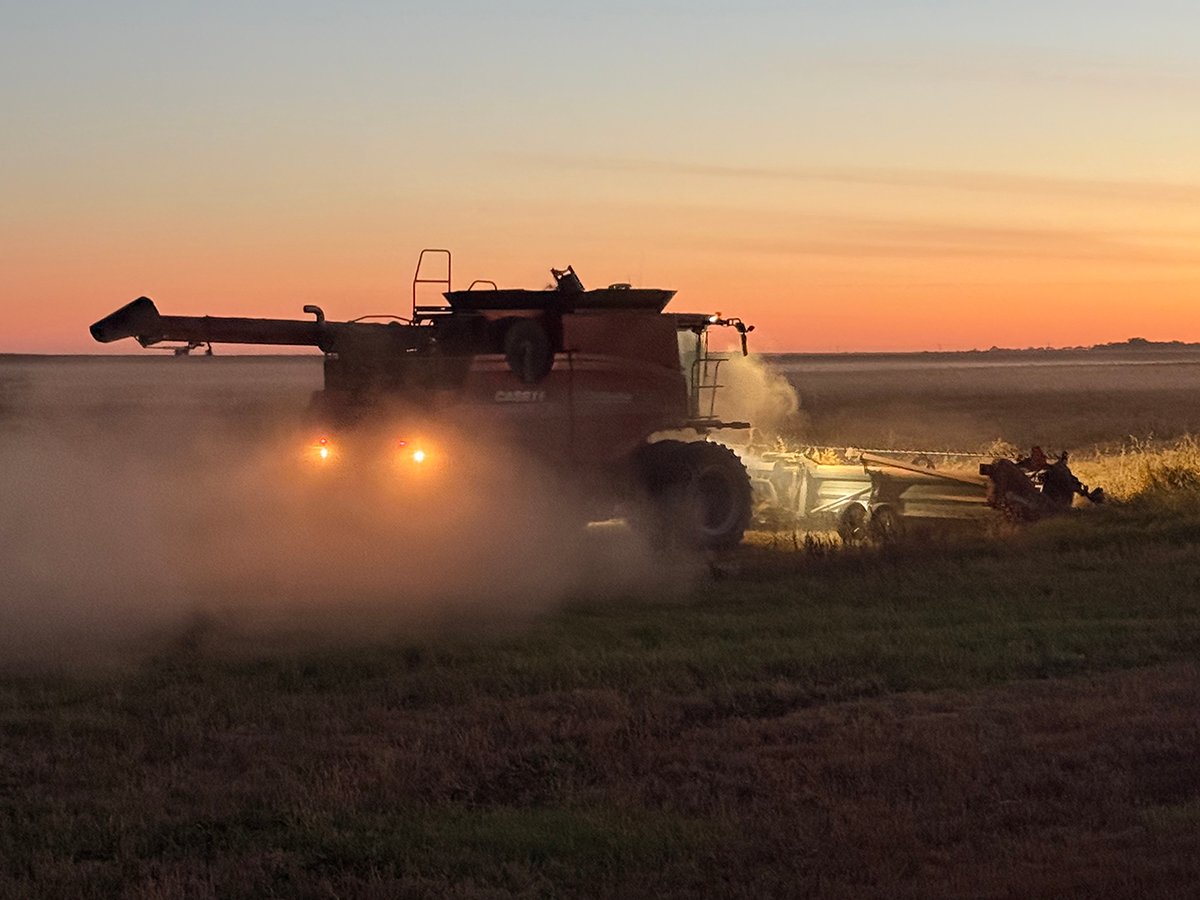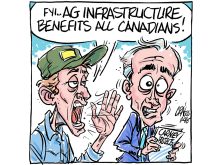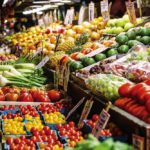Here we go again. World trade talks are looming on the horizon and Canada is once more preparing to head to the table with very ambiguous goals for the food sector.
Are we going as free traders? Protectionists? Both of the above?
If you chose (c), collect your points.
On the surface, the goal is to be all things to all people, promising exporters that freer trade and an end to trade-distorting policies will be the bottom line, while assuring supply-managed sectors and single-desk sellers that their interests will be kept in mind.
Read Also

Downturn in grain farm economics threatens to be long term
We might look back at this fall as the turning point in grain farm economics — the point where making money became really difficult.
But it is fair to question how committed the government is this time to the “protection” side.
Last week after a trade meeting in Paris, agriculture minister Lyle Vanclief promised Canada will maintain its “balanced” approach. He also seemed to be signalling to supply-managed sectors that the “balance” will be tilted to the export side.
“Canada was very successful in the last round going forward with a balanced approach,” he said. “I think there’s been evolution in both of those sectors … I’m confident we can move forward and those sectors are realizing the reality of the markets that are out there today … and evolving themselves in that direction.”
So it appears that we’re telling the broader world we want to be both while leaving Canadian farmers in doubt about what it means.
This raises several problems. At the negotiating table, as long as other countries believe the Canadian rhetoric about “balance,” it hobbles Canadian negotiators and their credibility.
It is difficult to credibly argue one day that foreign markets should be open to our exports and the next day argue a multi-billion-dollar section of our food economy should be protected.
A more fundamental problem is that it leaves Canadian farmers confused about Canada’s real goals.
In particular, supply management sector farmers are uneasy about how much support they really will receive when the hard bargaining begins after 1999.
Based on the last round of negotiations, they have reason to be suspicious.
Heading into those talks in 1987, the government promised farmers it would not vary from its defence of supply management import protections.
However, long before the talks were over, it was clear to the insiders that Article 11 of the General Agreement on Tariffs and Trade could not be saved.
The end of quantitative controls, with the substitution of diminishing tariff protections, started the clock ticking toward the end of supply management.
If it was inevitable, perhaps farmers whose livelihoods depend on the industry should have been let in on the secret.
Now, once again, the government is asking farmers to help it define trade goals.
If government policymakers are quietly assuming an open border to cheaper dairy and poultry imports is inevitable as supply management “evolves,” shouldn’t farmers who are not policy insiders hear the straight goods before some trade agreement “forces” the issue?
















